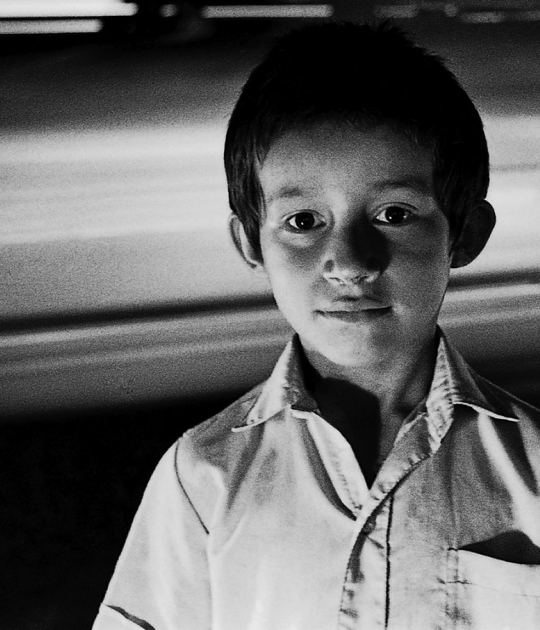Description of project by Parrish Art Museum
Water Mill, NY December 11, 2017—The Parrish Art Museum presents Image Building: How Photography Transforms Architecture, a comprehensive survey that explores the dynamic relationship between architecture, photography, and the viewer. Seen through the lens of historical and architectural photographers from the 1930s to the present, Image Building offers a nuanced perspective on how photographs affect our understanding of the built environment and our social and personal identities. On view March 18–June 17, 2018, the exhibition features 57 images that explore the social, psychological, and conceptual implications of architecture through the subjective interpretation of those who captured it.
Organized by guest curator Therese Lichtenstein, Ph.D, Image Building brings together works by 19 renowned, under-recognized, and emerging artists ranging from early modern architectural photographers such as Berenice Abbott, Samuel H. Gottscho, and Julius Shulman to the next generation including Robert Adams, Lewis Baltz, Luigi Ghirri, and Stephen Shore; to contemporary photographers Iwan Baan, Hélène Binet, James Casebere, Thomas Demand, Andreas Gursky, Candida Höfer, Thomas Ruff, Thomas Struth, and Hiroshi Sugimoto, among others. In addition to photographs, Image Building includes ephemera such as magazines and books that illustrate how the meaning of photography shifts when presented in the context of high art or mass culture.
Organized thematically into Cityscapes, Domestic Spaces, and Public Places, the exhibition examines the relationship between contemporary and historical approaches to photographing buildings in urban, suburban, and rural environments, looking at influences, similarities and differences. By juxtaposing these photographs, Image Building creates a dialogue between the past and present, revealing the ways photography shapes and frames the perception of architecture, and how that perception is transformed over time.
The exhibition presents views of the same building by different photographers, illustrating how the function and meaning of architecture may change. New York City views, RCA Building Floodlighted, 1933, Gottscho’s 5 x 7 inch portrait of Rockefeller Center, transforms the building into a beacon of strength and hope during the Depression. In contrast, the same building seems fragile and on the verge of disappearing in Sugimoto’s nearly 5 x 4 foot blurred, dreamlike Rockefeller Center, 2001.
Image Building demonstrates how photographers capture the spirit of a building or cityscape, often in away that challenges the viewer’s perception and understanding of it. In Case Study House No. 22 (Los Angeles, Calif.), 1960, Shulman’s high-contrast photograph of an austere modern residence with female models posed within conveys the drama of the architecture while communicating a lifestyle. The essence of New York is explored by Abbott and Baan in two photographs separated by nearly 80 years. Shot from the vantage point of the Empire State Building, Abbott’s The Night View, 1934, is an abstract, modernist view of a glowing city where the architecture is illuminated by the buildings’ own lights. In The City and the Storm, 2012, Baan used an extremely high resolution digital camera to achieve a very different moment: New York after Hurricane Sandy, showing much of the city in a blackout. Ruff, among others, relied on new technology and digital manipulation to comment on and draw attention to how the world is seen. In w.h.s. 10, 2001, Ruff modified the color and focus of a photograph of 1920s affordable housing to create a blurred image that makes the building appear as a fleeting memory and evokes the passage of time.
Image Building focuses on the intersection between architecture and visual art, highlighting photographers who elevated humble, mundane structures and streetscapes to the level of high art. Baltz’s straight-on black & white photographs of generic houses under construction in the Los Angeles suburbs, as in Tract House #6, from The Tract Houses portfolio, 1971, become abstract images of geometry and texture. A pioneer of color art photography, Luigi Ghirri created lyrical, ironic images of banal architecture through his use of light, texture, and color as in Reggio Emilia, from the series Kodachrome, 1973.
Following the exhibition at the Parrish Art Museum, Image Building will travel to the Frist Center for the Visual Arts, Nashville, Tennessee, July 20–October 28, 2018.
Image Building: How Photography Transforms Architecture is accompanied by a 160-page fully-illustrated color catalogue by Therese Lichtenstein, with a Foreword and Acknowledgments by Parrish Art Museum Director Terrie Sultan and essay by Marvin Heiferman. Published by DelMonico Books in association with the Parrish Art Museum, it is distributed by DelMonico Books • Prestel.
- Photographers Represented in Image Building: How Photography Transforms Architecture:
Berenice Abbott (American, 1898–1991) Robert Adams (American, born 1937), Iwan Baan (Dutch, born 1975), Lewis Baltz (American, 1945–2014), Hélène Binet (Swiss-French, born 1959), James Casebere (American, born 1953), Thomas Demand (German, born 1964), Luigi Ghirri (Italian, 1943–1992), Samuel H. Gottscho (American, 1875–1971), Andreas Gursky (German, born 1955), Candida Höfer (German, born 1944), Balthazar Korab (Hungarian, 1926–2013), Thomas Ruff (German, born 1958), Ed Ruscha (American, born 1937), Stephen Shore (American, born 1947), Julius Shulman (American, 1910–2009), and Ezra Stoller (American, 1915–2004), Thomas Struth (German, born 1954), and Hiroshi Sugimoto (Japanese, born 1948).
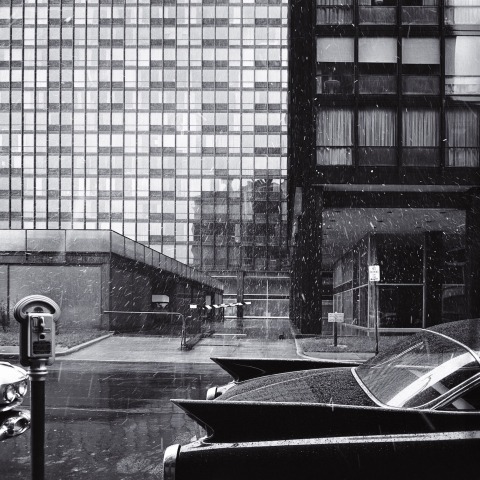
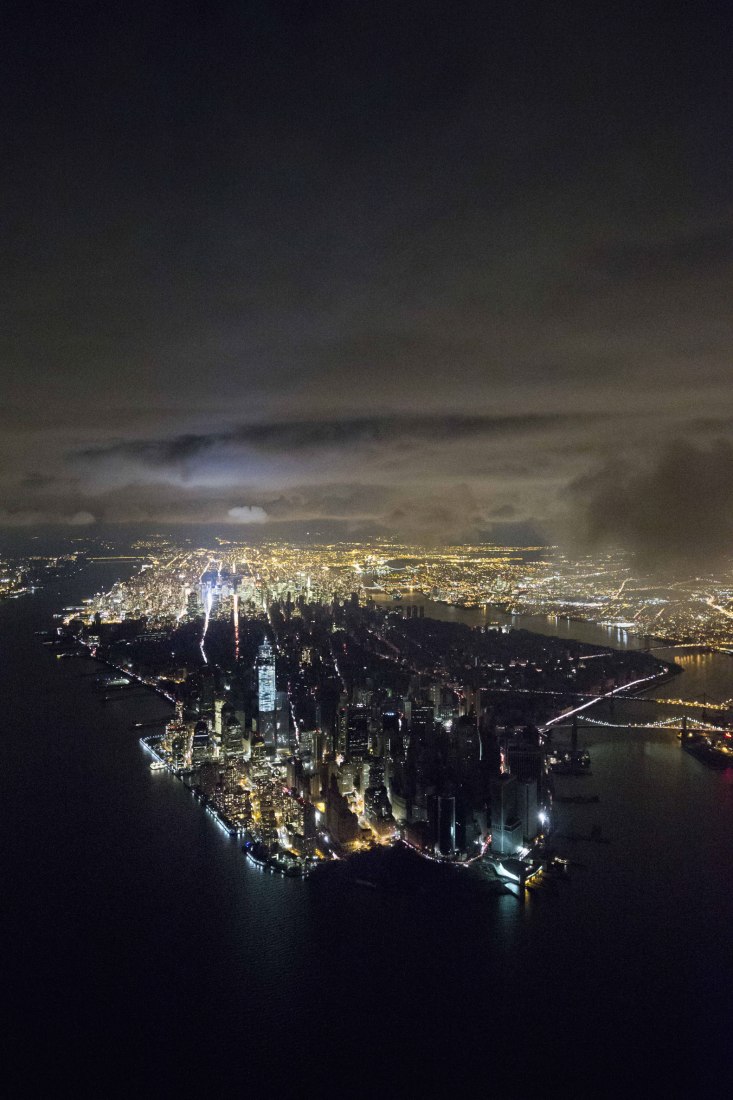
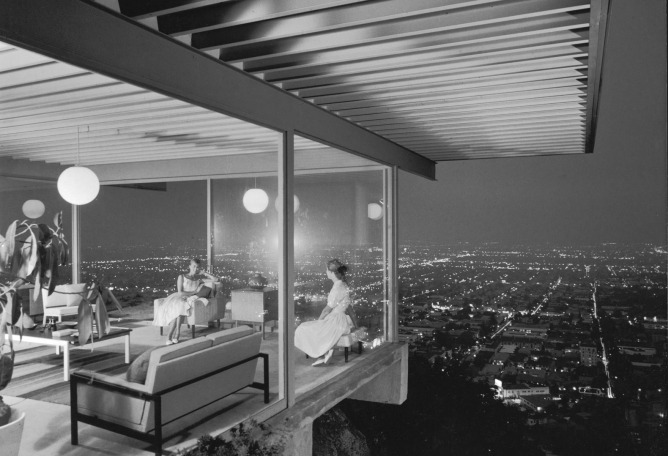
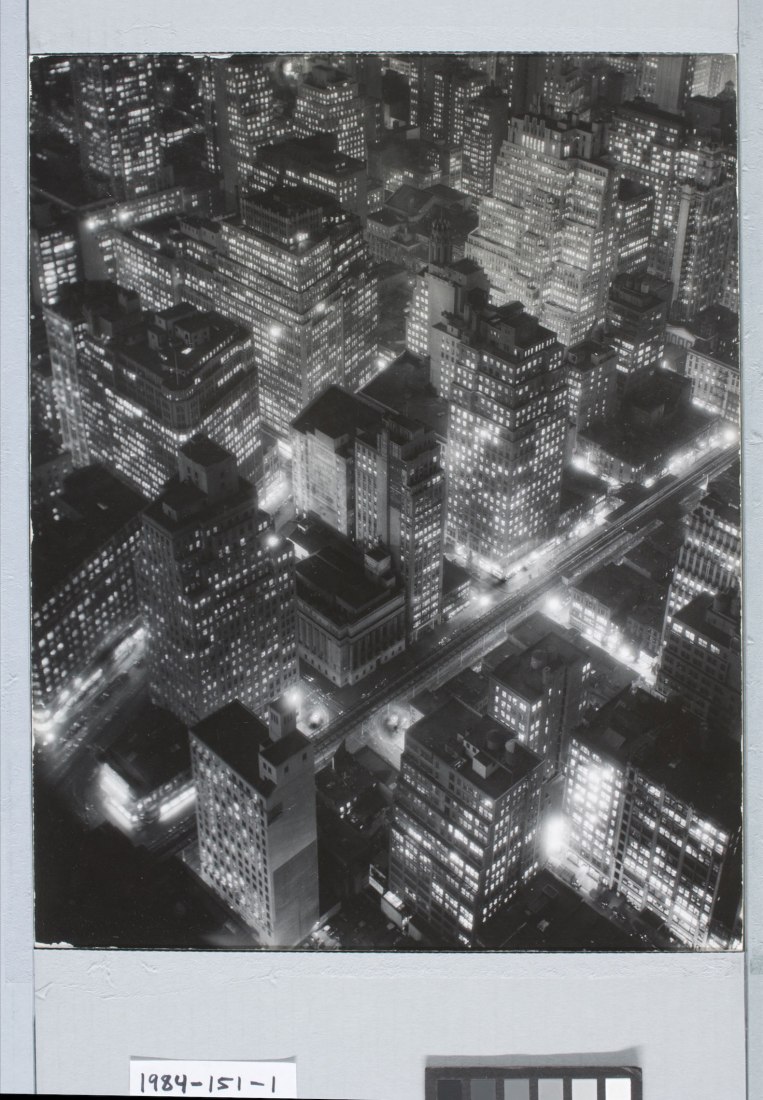

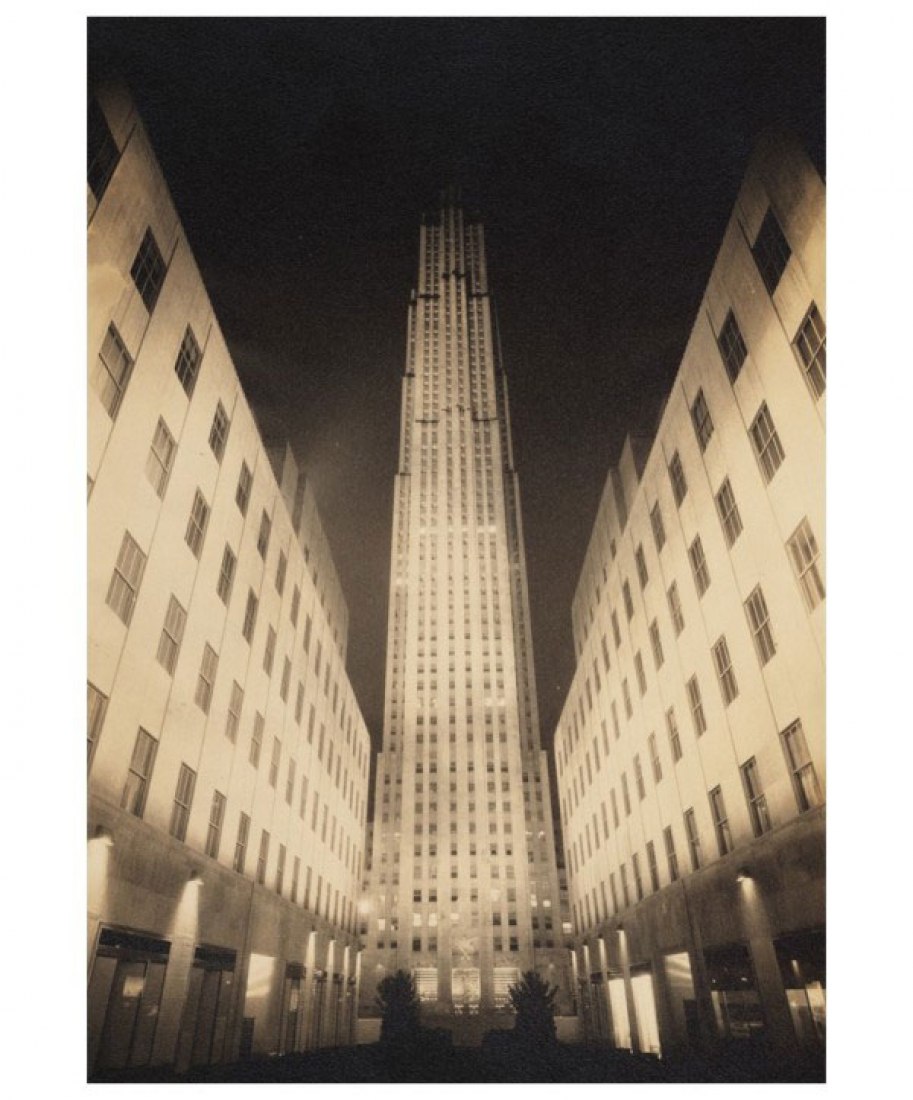
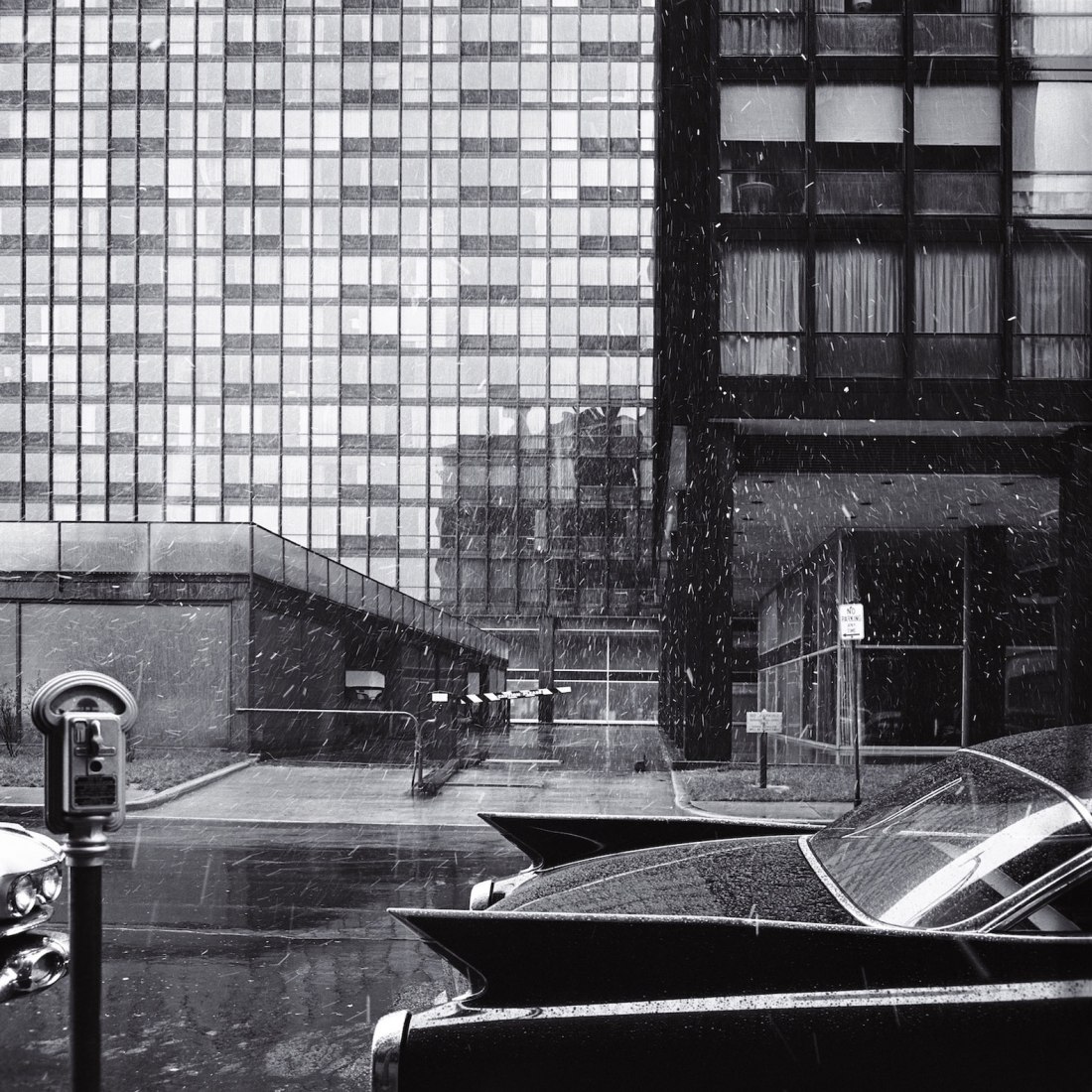

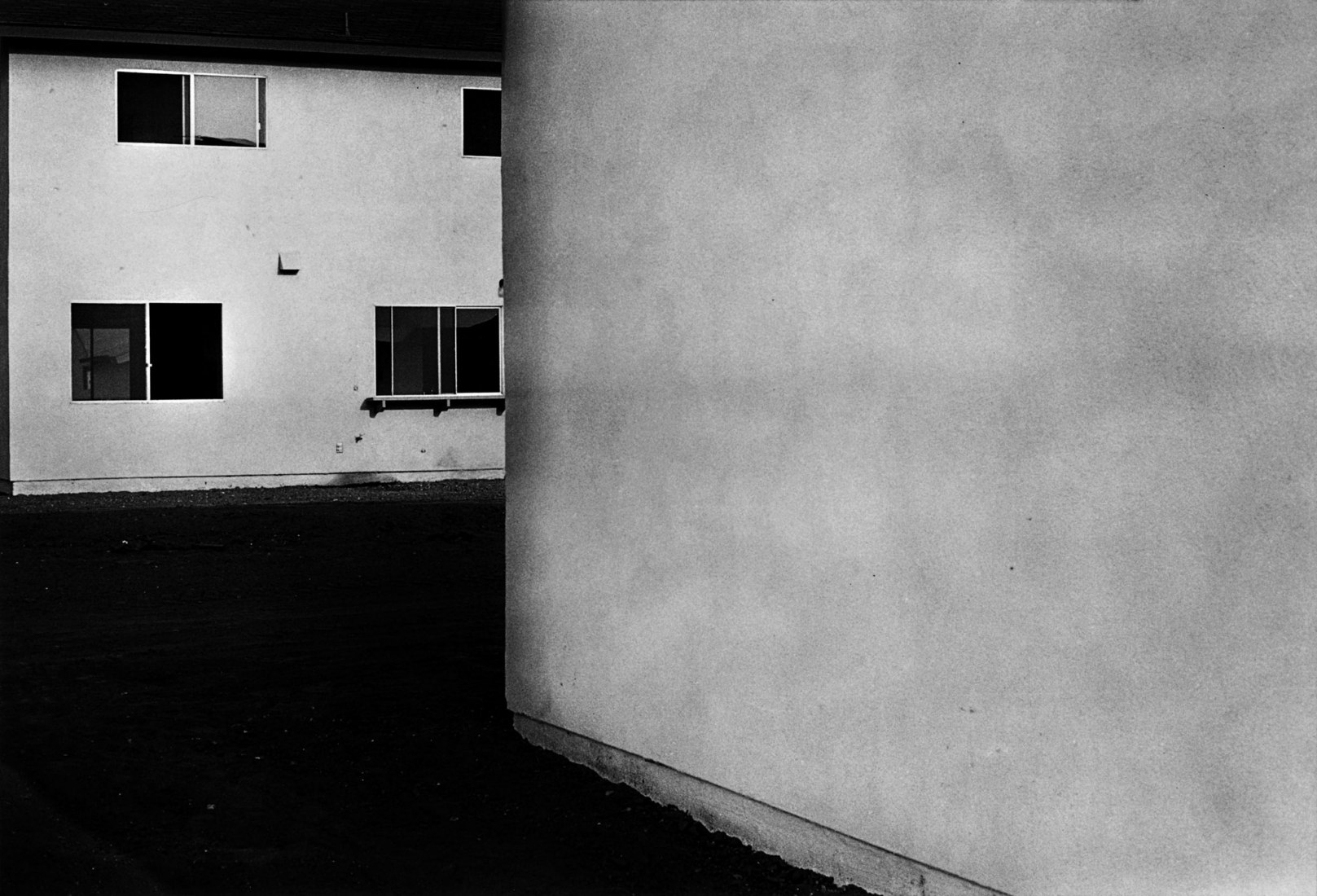


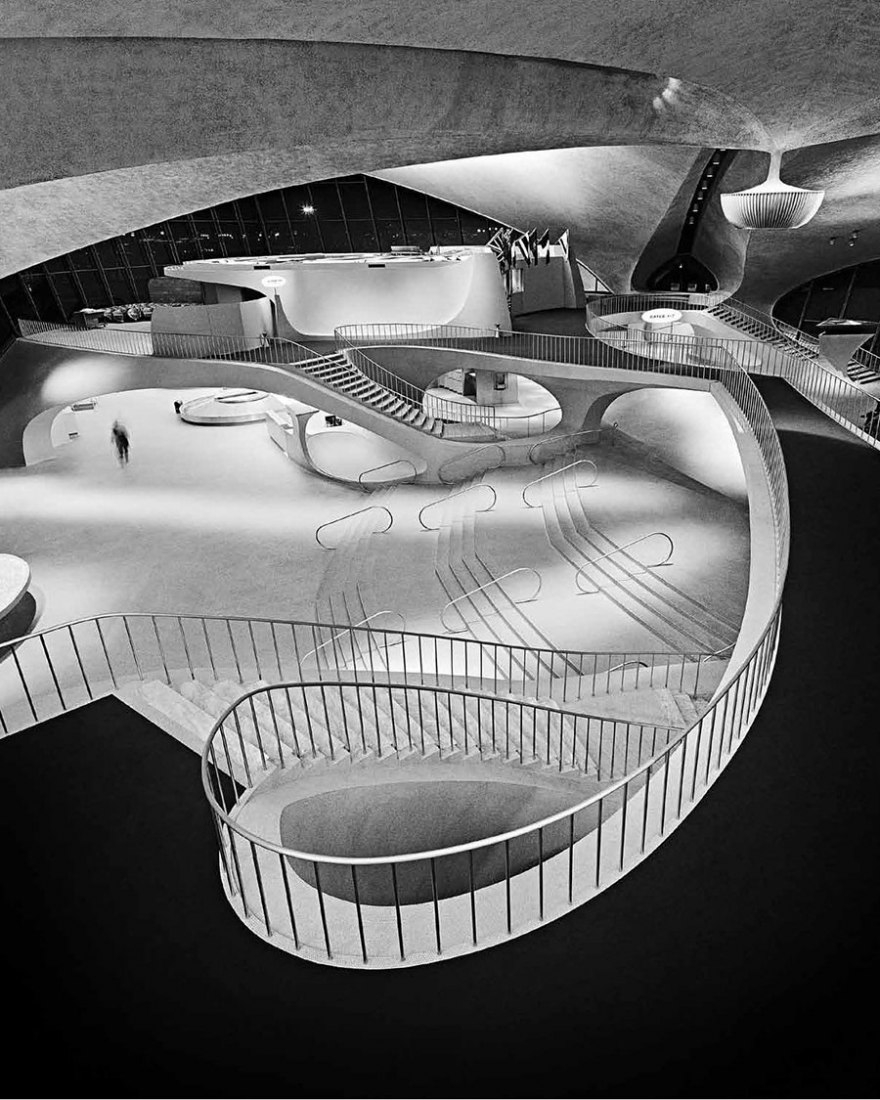
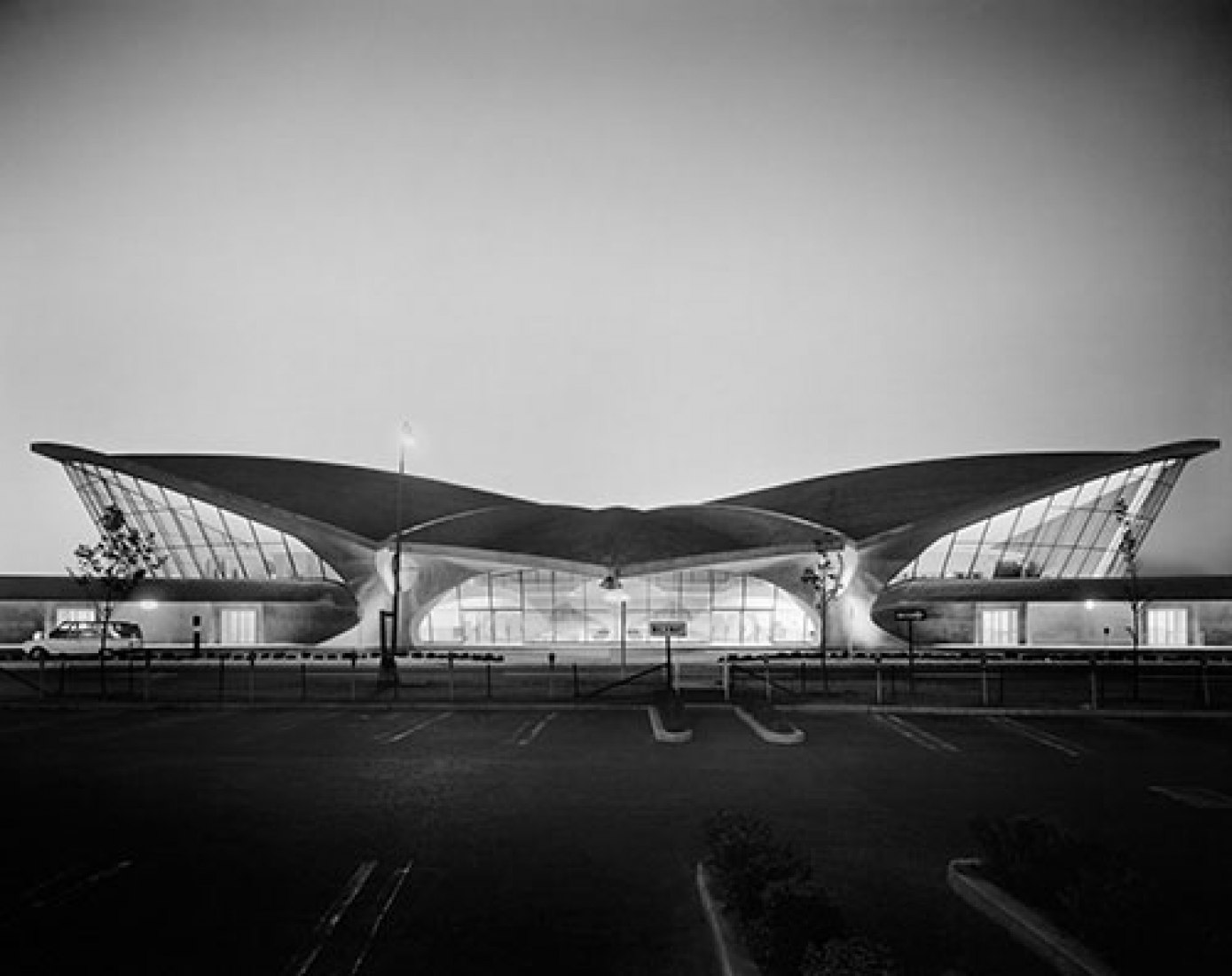

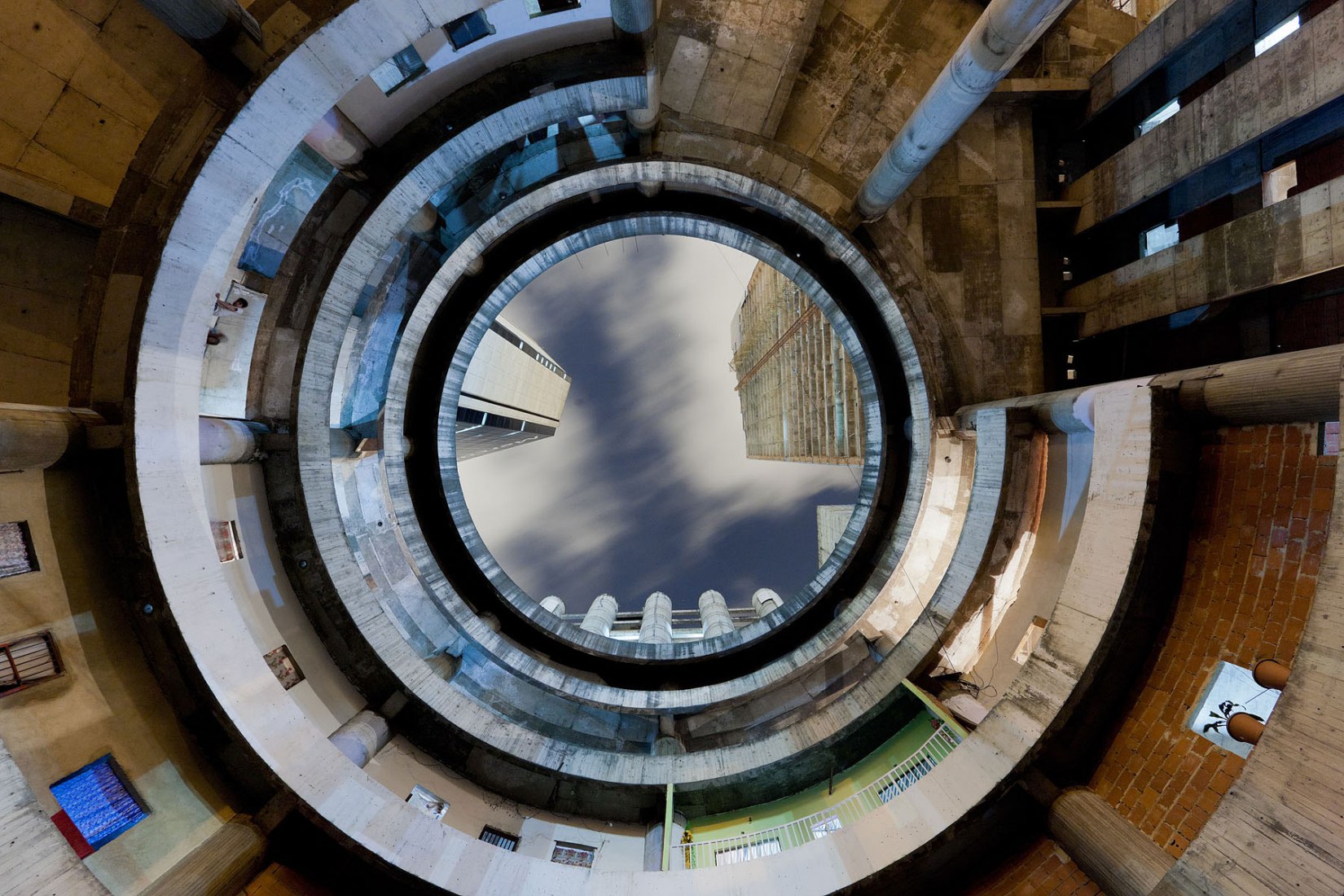
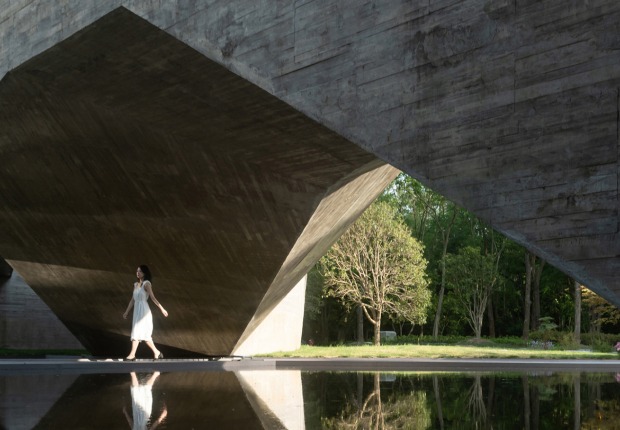
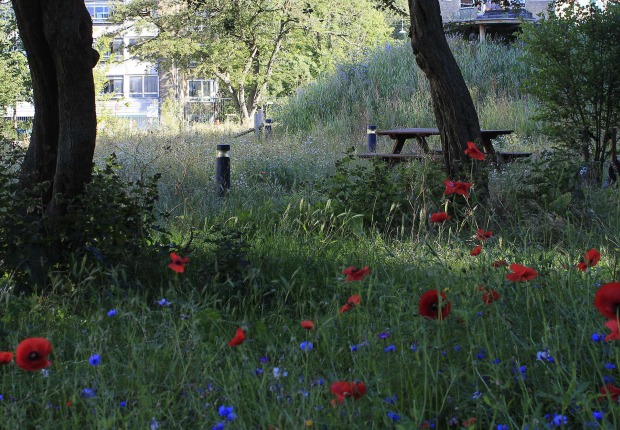
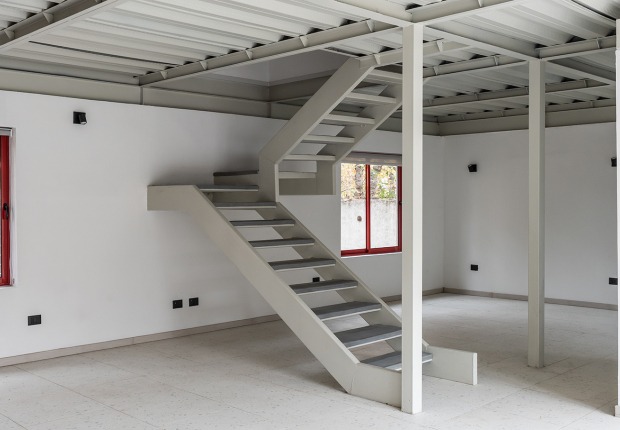


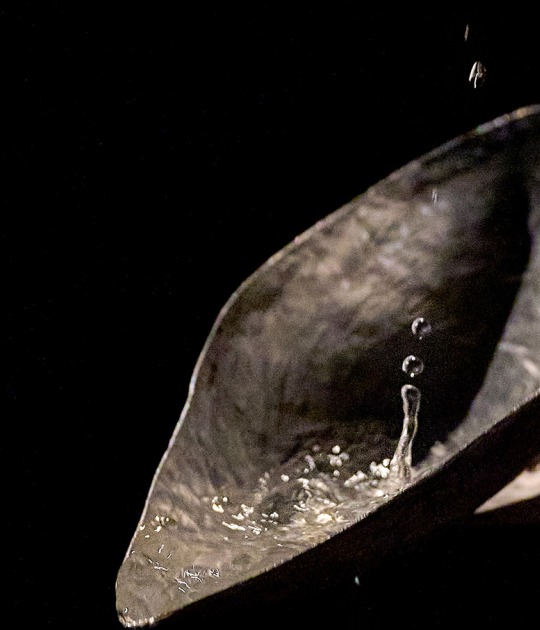






![Francisco Gómez [Madrid], 1973 Silver gelatin, vintageprint, 30x24 cm © Archivo Paco Gómez / Fundación Foto Colectania Francisco Gómez [Madrid], 1973 Silver gelatin, vintageprint, 30x24 cm © Archivo Paco Gómez / Fundación Foto Colectania](/sites/default/files/styles/mopis_home_news_category_slider_desktop/public/lead-images/metalocus_archivo-paco-gomez_07p.jpg?h=4cd098a1&itok=vRs7r7Yg)
